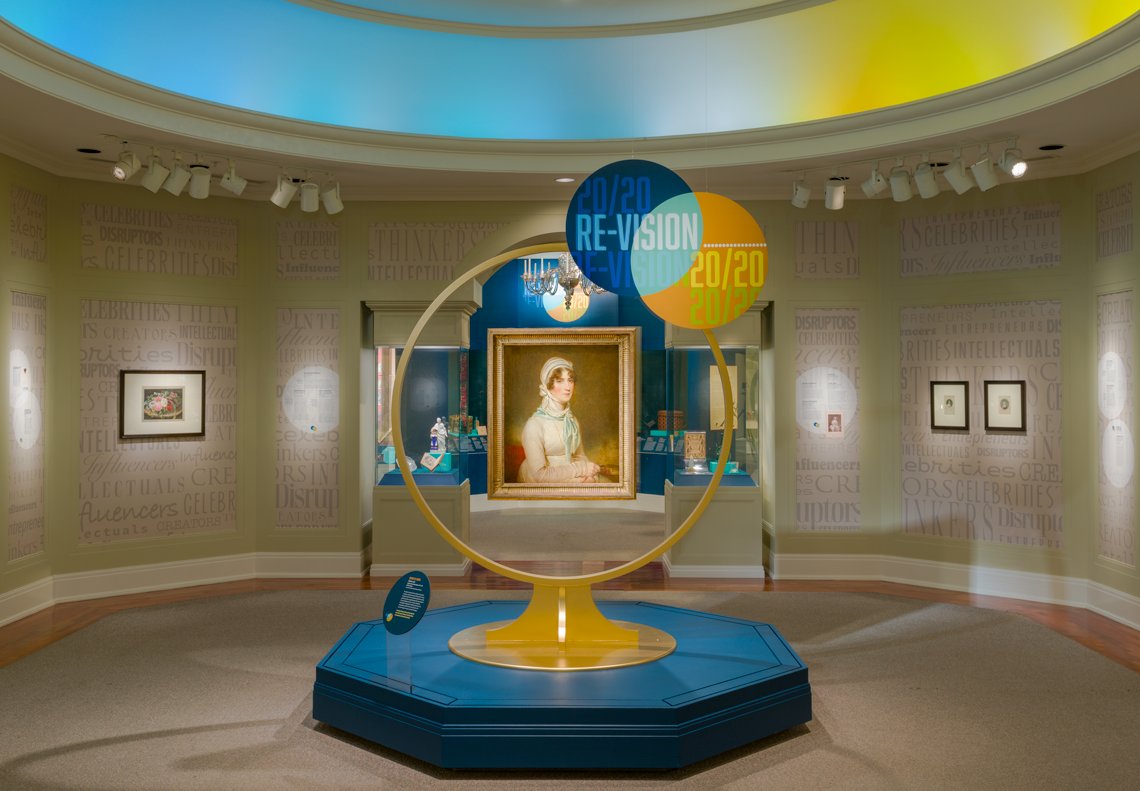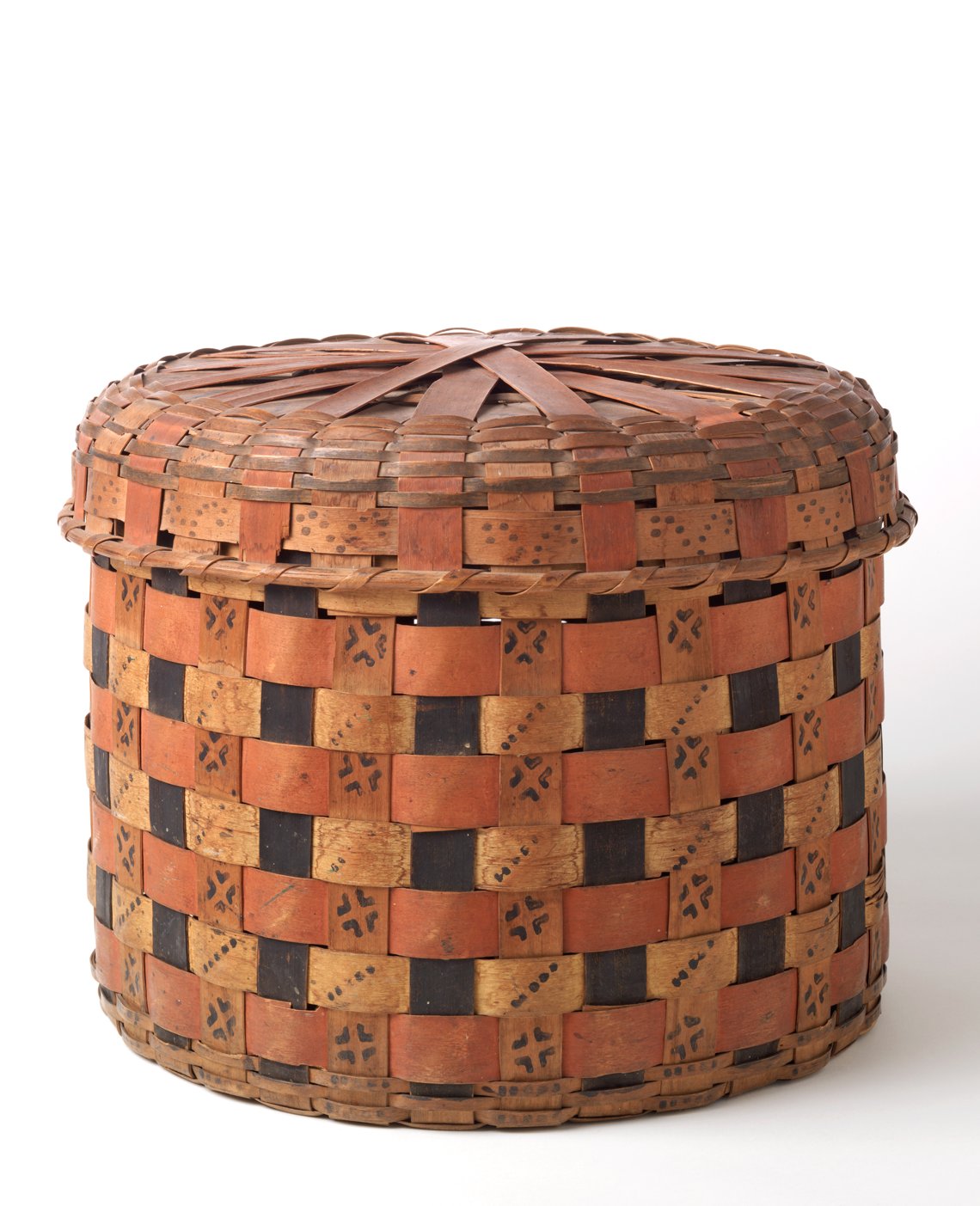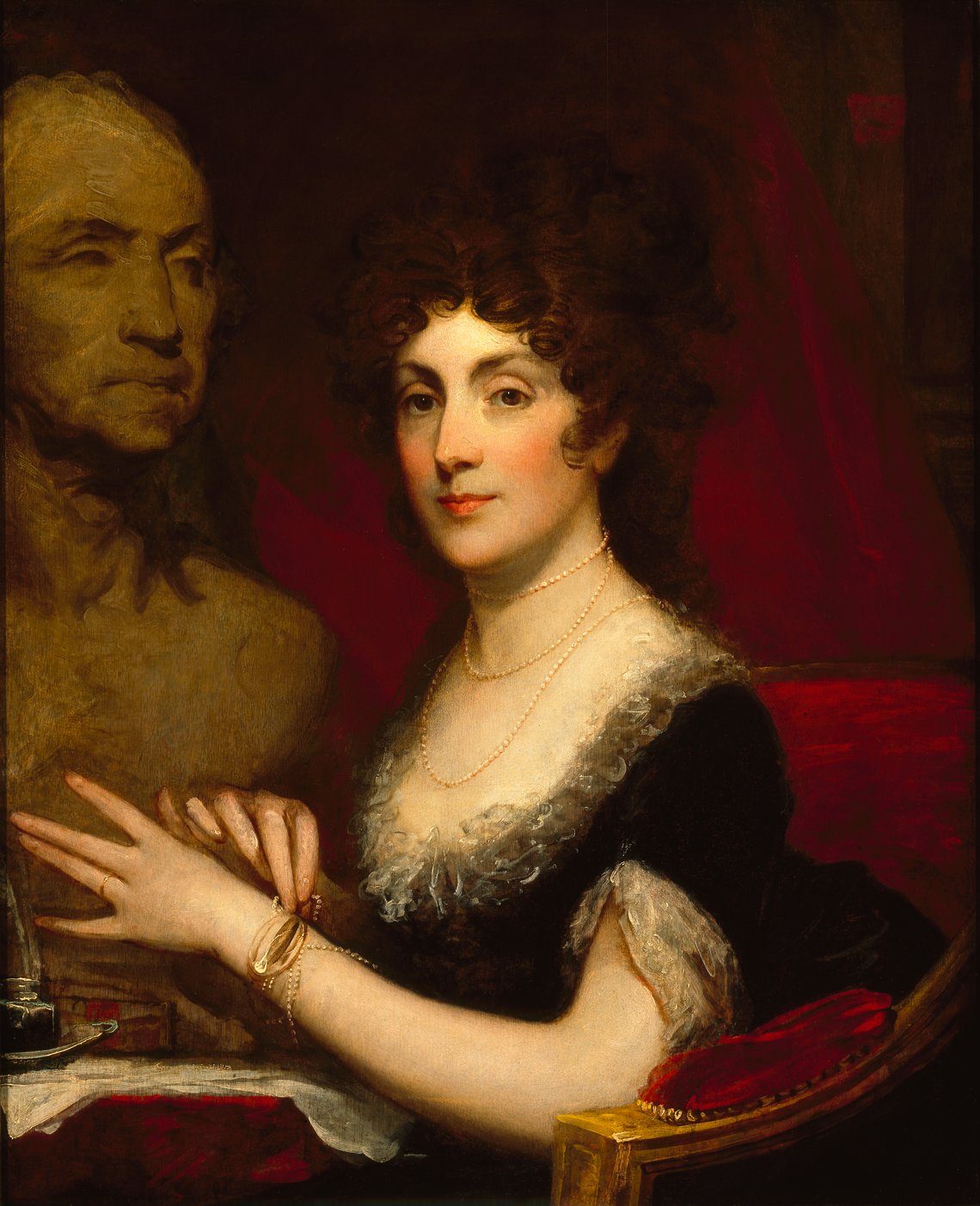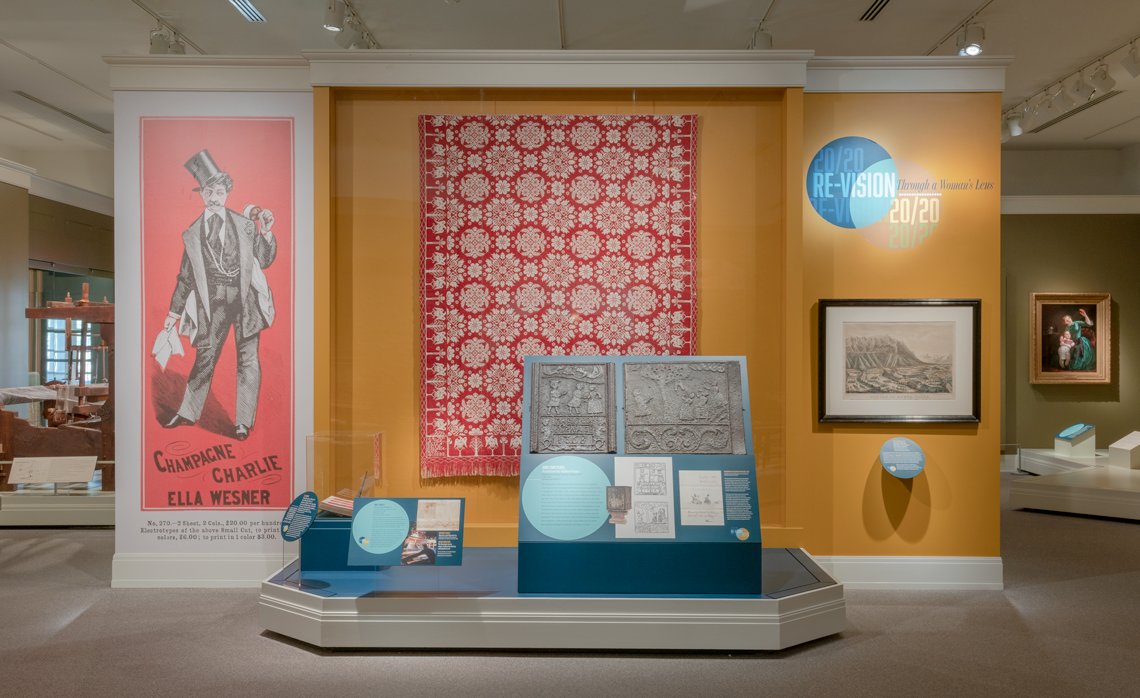Re-Interpreting the Winterthur Collection with Re-Vision 20/20: Through a Woman’s Lens
Winterthur, like museums around the country, set out to mark 2020 as the centennial celebration of women’s suffrage in the United States. We welcomed visitors at the end of February with Re-Vision 20/20: Through a Woman’s Lens, an exhibition that looks at objects in the Winterthur Galleries through the lens of women’s history and sets out to uncover the stories of women who were not only creators and thinkers but also society’s influencers and disruptors in their time (fig. 1).
 |
| Fig. 1. Re-Vision 20/20: Through a Woman’s Lens, on view in the Winterthur Galleries through January 2, 2021. |
In Re-Vision 20/20, Winterthur looks at its collection from a more inclusive perspective, something the museum has done previously with exhibitions like Collecting for the Future: Recent Additions to the Winterthur Collection and Truths of the Trade: Slavery and the Winterthur Collection. We cannot recognize the 100th anniversary of women’s suffrage without recognizing that the rights realized in 1920 were for white women only. Interpreting the cultural context of objects, even those that have difficult and complex histories, has become increasingly important during the course of 2020, a year that has been a constant reminder of the need to represent diversity and inclusivity in our public spaces. In a year when so many museums had set out to recognize the long fight for gender equality, this same year has called upon these institutions to acknowledge the ways in which their collections fail to represent the diversity of our society.
The Winterthur collection, which primarily focuses on objects made and used in America from 1640 through 1860, is not rich in objects related to the women’s suffrage movement, but our collection objects do tell the stories of women who inspired change in their time. These stories represent diverse communities, cultures, gender identities, and experiences. But selecting objects that have rich women’s histories proved to be difficult. Most makers and owners of objects in the period that Winterthur has collected, if known, were men. Curators mined both the museum and library collections for women’s stories that have gone untold. Re-Vision 2020 shares with the public the results of their research and re-examination of objects in the form of revised existing gallery labels and newly inserted ones.
 | |
Fig. 2. Portrait of a woman by unknown artist, England or United States; 1815–30. Oil on canvas. Bequest of Mrs. Waldron Phoenix Belknap 1960.0257a,b |
With that in mind, Re-Vision 20/20 opens with an all-too-common story: a woman whose story has been lost to history. Portrait of a woman (fig. 2) features a woman wearing a stylish dress and holding a lens, indicating she was a woman of means and intellect; and yet, she has become an historical Jane Doe. A gift to the Winterthur collection in 1960, the work remains a mystery, its painter and sitter unknown. Unfortunately, the story of our Jane Doe is not an uncommon one; many women’s identities, stories, and accomplishments have been lost to time.
Re-Vision 20/20 looks beyond stories of women in traditional gender roles to highlight those women whose creativity, intellect, and perseverance are reflected in objects in the collection. While some objects highlight the accomplishments of women in those crafts often associated with their gender—needlework, decorative painting, and basket making—still others highlight women who found success in professions typically associated with men: historians, silversmiths, a furniture maker, painters, a journalist, and a lithographer, to name a few. Other objects call attention to women’s early involvement in politics or the liberties afforded them in religious communities. Another group challenges our assumptions about gender roles altogether in early America.
Objects that illustrate traditional women’s crafts also illustrate the entrepreneurship of these women. For instance, a selection of baskets (fig. 3) made by Native American women demonstrates not only their craft but also their role in selling their wares to tourists as a means to support their families and communities.
Among the existing objects in the gallery that Re-Vision 20/20 reinterprets is a Gilbert Stuart painting. No longer do we celebrate Stuart’s subject as Mrs. Perez Morton (fig. 4). The Re-Vision label recognizes Sarah Wentworth Apthorp Morton and brings attention to her accomplishments as a celebrated writer of her time, one whose writing demonstrated abolitionist sentiments and concern for Native Americans, while also being deeply personal and reflecting her own experiences in a marriage troubled by public scandal. In addition to interpreting the sitter in this Stuart painting from a new perspective, the exhibition includes a painting by the well-known artist’s daughter, Jane Stuart. Other women artists celebrated in the exhibition include still-life painter Mary Jane Peale; author, color theorist, and painter Mary Gartside; silversmiths Hannah Walker and Hannah Robinson; artist and engraver Elizabeth Blackwell; and painter Lilly Martin Spencer, to name a few.
 |  | |
| Left: Fig. 3. Bonnet basket by unknown Native American artist, possibly Vermont or northern New York; 1820–50. Wood splint, brown and yellow pigment, laundry bluing. Bequest of Henry Francis du Pont 1959.2610a,b . Right: Fig. 4. Gilbert Stuart, Sarah Wentworth Apthorp Morton (Mrs. Perez Morton), Philadelphia, Pa., 1802‒03. Oil on wood panel. Gift of Henry Francis du Pont 1963.0077a,b | ||
A prized object included from the library, a first edition copy of Phillis Wheatley’s book Poems on Various Subjects, Religious and Moral, demonstrates the challenges an enslaved woman faced in early America. Despite the support of a group of white men who vouched for her authorship, Wheatley’s book, which became a bestseller in England and America, was first published in London because American publishers rejected it due to her race. Other Black women’s stories are included throughout the exhibition as part of Re-Presenting Black Womanhood, the research and interpretation of this year’s students in the University of Delaware graduate-level course in exhibitions.
Another treasure from the Winterthur Library is a book featuring the image of Ella Wesner, a Gilded Age female-to-male cross-dressing celebrity of variety theater, which introduces a series of objects that examine assumptions about gender. Among these are a colorful coverlet woven by Jacob Biesecker Jr. for his unmarried sister, Elizabeth Biesecker, possibly as an advertisement for his weaving business (fig. 5).
 |
Fig. 5. View of objects in Re-Vision 20/20 addressing gender roles, including Ella Wesner, From Specimens of Theatrical Cuts: Being Fac-Similes, in Miniature, of Poster Cuts: Comprising Colored and Plain Designs, Suitable for Theatrical, Variety and Circus Business . . . (Philadelphia: Ledger Job Printing Establishment, ca. 1870s). Winterthur Library NC1840 P97a TC*; fancy coverlet, woven by Jacob Biesecker Jr., Franklin Township, Adams County, Pa., 1833. Wool and cotton. Gift of a Biesecker Ancestor 2015.0022.001 |
Our exhibition title Re-Vision 20/20: Through a Woman’s Lens emphasizes the idea of looking closely and of seeing things more clearly. In 2020, this closer look requires telling diverse and inclusive stories. While we have attempted to do that with women’s stories in this exhibition, the events of this year have reminded us of the responsibility to use the Winterthur collection to tell a more complete history—the history of those who were enslaved, the history of those who did not have political equality, and the history of those whose stories were not recorded and told in the history books.
Kim Collison is Curator of Exhibitions at Winterthur Museum, Garden & Library.
 |  |  |
 |  |  |















